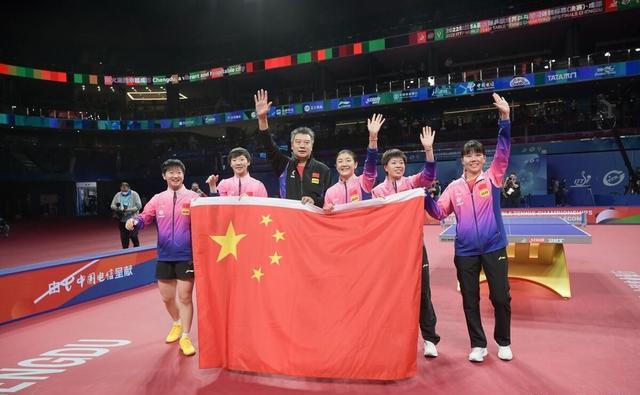The list of participants for the 2024 Chengdu Mixed Team World Cup has been announced, drawing wide attention in the table tennis community. This list reflects many changes and new trends in the current world of table tennis. As a brand-new event starting in 2023, the Mixed Team World Cup represents ITTF's active exploration of format reforms. The event combines the previously separate Men's Team World Cup and Women's Team World Cup into one, adopting an innovative 15-game, 8-win system. It requires teams to exert themselves fully in men's and women's singles and mixed doubles events, testing the overall strength of a nation or region while providing viewers with a richer viewing experience.

In the inaugural Mixed Team World Cup, although China ultimately lifted the championship trophy, the journey was not without challenges. Teams like Japan and South Korea, with their relatively balanced male and female forces, posed significant difficulties for China. Especially South Korea, which made it all the way to the final and secured the runner-up position, demonstrating strong competitiveness. This sets the stage for the 2024 competition.
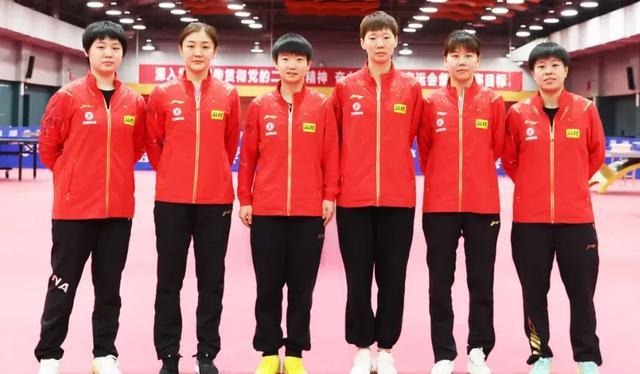
Replacing them are the new generation of male team leaders represented by Wang Chuqin and Liang Jingkun, as well as the core female team leaders centered around Sun Yingsha and Wang Manyu. The inclusion of young players like Lin Shidong and Kuai Man further demonstrates the strategic layout of the national team in looking to the future and cultivating new talent. This change in lineup not only reflects the inevitable trend of generational change within the Chinese table tennis team but also shows the coaching staff's trust and expectations in the younger players.
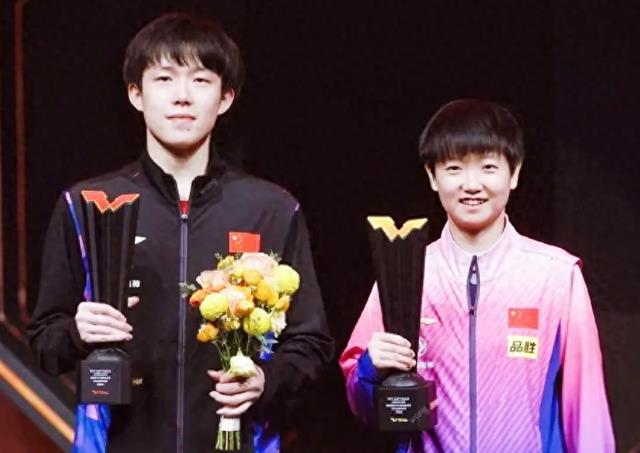
The debut of the national team's new generation is not just a simple replacement of personnel; it reflects the deep planning of the Chinese table tennis team in terms of talent echelon construction and strategic layout. Wang Chuqin, as the new leader of the men's team, has achieved remarkable results in international competitions over the past two years. He is technically comprehensive and powerful, especially in backhand attacks and key ball control capabilities, which have significantly improved. Liang Jingkun stands out with his unique technical style and stable performance, showcasing remarkable strength in several important events and gradually becoming an important pillar of the men's team.
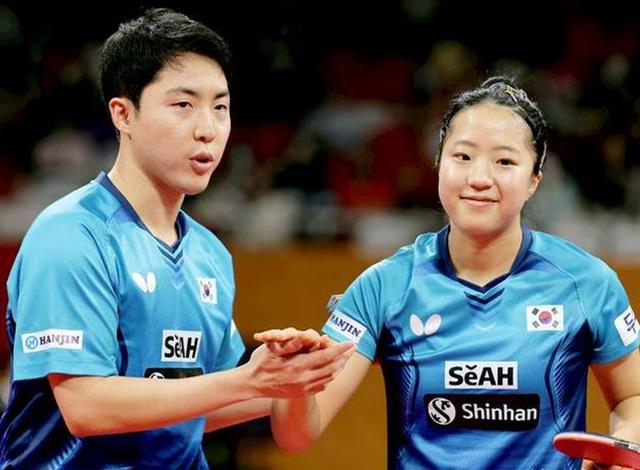
On the women's side, the rise of Sun Yingsha and Wang Manyu is equally noteworthy. Sun Yingsha, with her fast and sharp playing style and excellent mental quality, has become a top player in the world of women's table tennis. Wang Manyu, with her comprehensive technical characteristics and continuously improving competitive state, has become an indispensable backbone of the women's team. The growth process of these two players is a testament to the success of the national team's youth training system.
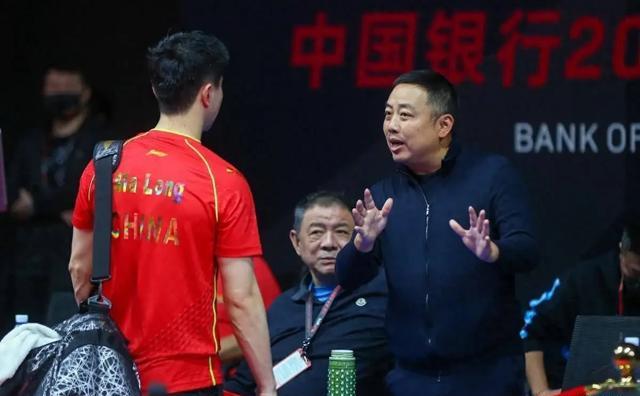
Lin Shidong and Kuai Man's selection is also worth noting. Although young, Lin Shidong has distinct technical features, especially his backhand technique, which is very distinctive. He has shown remarkable competitive level in some recent international competitions. Kuai Man is a representative of the new force of the women's team, with her play style rich in variation, especially her psychological regulation ability in key points, which is commendable. The selection of these two players is both an affirmation of their previous efforts and an important layout of the national team in cultivating reserve forces.

Overall, this list of new and old alternates showcases the foresight of the national team. On the one hand, it provides young players with more opportunities to participate in international competitions, helping them accumulate experience and enhance their skills. On the other hand, it also allows main players to get proper rest and prepare for more important events. This reasonable echelon configuration and talent utilization strategy is one of the key reasons why the Chinese table tennis team can maintain its leading position in the world.
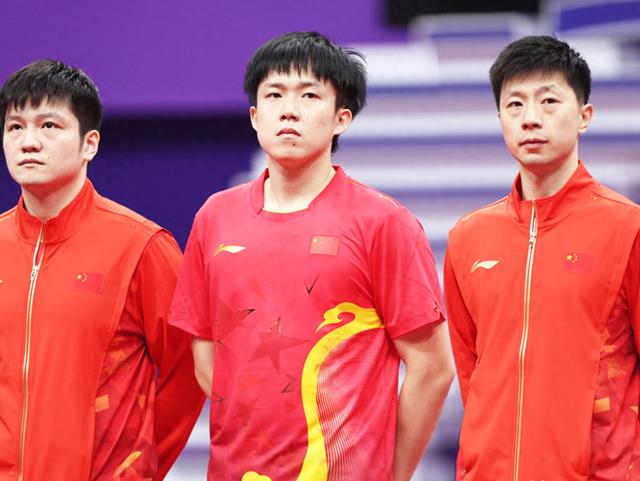
The technical characteristics and playing styles of the new generation of players also reflect the development trend of modern table tennis. For example, a more comprehensive and aggressive playing style, as well as psychological control ability in handling key balls, are crucial elements in modern table tennis matches. The outstanding performance of the new generation of national team players in these aspects also proves the success of the Chinese table tennis youth training system in cultivating all-round players.

Changes on the international stage are also noteworthy. As a major force in the world of table tennis, Japan's attitude towards this competition seems lackluster this time. Core players such as Tomokazu Harimoto, Yukiya Uda, Hina Hayata, Mima Ito, Hitomi Nagasaki, and Miu Hirano did not sign up for the competition. Instead, they were replaced by a lineup composed of substitutes such as Kei Tojo and Ryusei Kawaguchi, which undoubtedly greatly reduced the overall strength of the Japanese team. This situation may be related to the players' match schedule arrangements, physical energy reserves, and judgments on the importance of the event.

In contrast, South Korea has shown great enthusiasm for participating, sending its strongest lineup including Jang Woojin, Cho Daeseong, An Jae-hyun, Jeon Jihee, and Seo Hyo-won. This choice not only shows the extent of South Korea's emphasis on this event but also reflects their determination to make a mark on the world stage. As last year's runner-up, South Korea's full-strength participation will undoubtedly add suspense to this year's event.

The full-strength lineup sent by South Korea this time is not to be underestimated. In the men's team, Jang Woojin's technology has matured in recent years, especially the quality of his forehand strong attack and line-changing shots has significantly improved, causing trouble for strong opponents many times in international competitions. Cho Daeseong is known for his fast and fierce playing style, especially his quick attack and snatch-pull ability on the backhand side is outstanding. As a new generation player, An Jae-hyun is technically comprehensive with high serve quality, and he has also had eye-catching performances in recent international competitions.
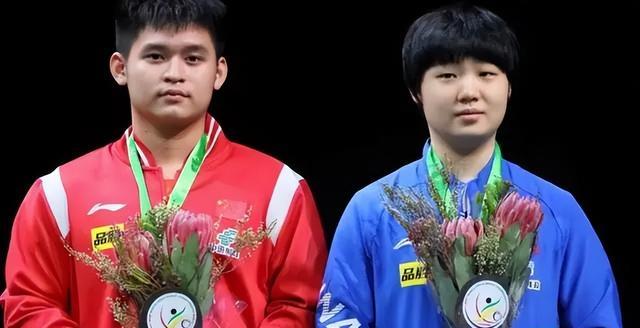
The strength of the main players Jeon Jihee and Seo Hyo-won should not be overlooked either. Jeon Jihee, with her unique grip method and flexible and changeable technical characteristics, has created excellent results in many important events. Seo Hyo-won is known for her stable performance and excellent mental quality, especially in team events where she often performs beyond her usual level.
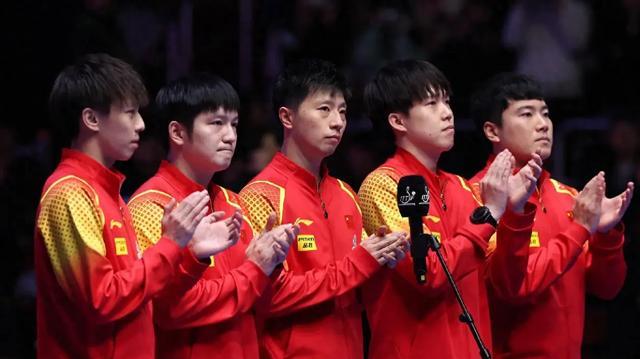
South Korea's decision to send its full-strength team reflects their strategic considerations for the Mixed Team World Cup. First, this is an important opportunity to test the team's overall strength. After finishing second last year, South Korea obviously hopes to continue this momentum and even expects to go further. Second, under the circumstances where many strong teams' main players are absent, this is also a rare opportunity to challenge for the championship.
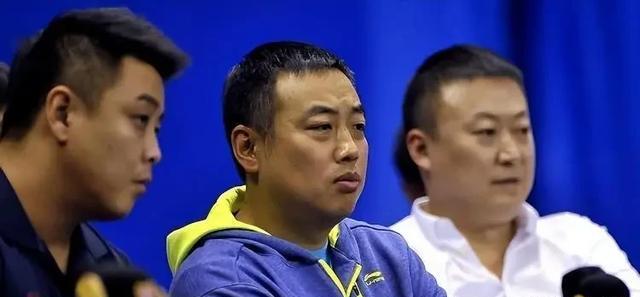
The relatively balanced strength of South Korean male and female players gives them a unique advantage under the mixed team format. The new format requiring 15 games and 8 wins makes every match particularly important, and South Korea's overall balance can play its maximum effect under such a format. Especially in mixed doubles events, the cooperation and practical experience of South Korean pairs are quite competitive. Looking ahead, South Korea's all-out effort also reflects their determination to seek breakthroughs in the world of table tennis. Through the training of important international events, helping players accumulate experience and enhance their skills, this is of great significance to the overall development of South Korean table tennis. Facing this South Korean team that is determined to win, the new generation of Chinese players will face a severe test.
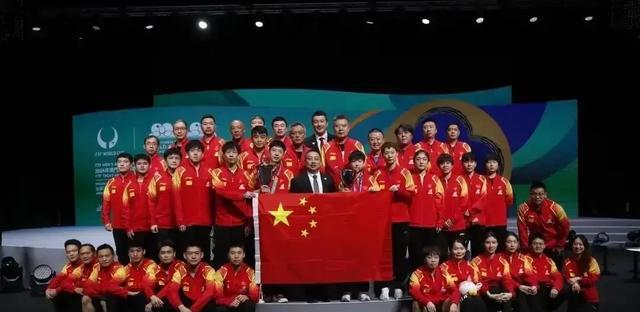
Changes in other traditional strong teams are also worth paying attention to. The absence of well-known players such as Lin Yunsu from Chinese Taipei, the Lebesson brothers from France, and Dimitrij Ovtcharov from Germany somewhat lowers the overall competitive level of this event. However, the full-strength participation of the Hong Kong team adds a potential dark horse to the competition. Although the Swedish team has solid overall strength, the absence of Mattias Falck, the Olympic and World Championship men's singles runner-up, also affects the team's medal prospects to a certain extent.
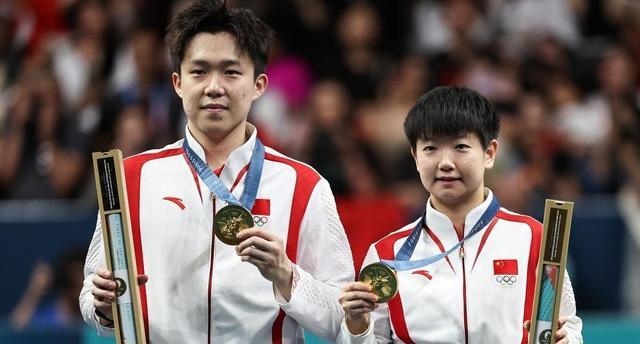
The upcoming Mixed Team World Cup, which opens in Chengdu on December 1st, may not match the inaugural event in terms of competitive intensity due to the absence of many main players, but there are still many highlights. How the Chinese team's new and old alternates will compete, whether young players can withstand the pressure, and whether South Korea can continue its good performance from last year are all focal points for fans. Especially when facing a full-strength opponent like South Korea, whether China's new generation can demonstrate their due strength will be the biggest suspense of this event.

The changes in the lineup for this World Cup, to some extent, also reflect some new trends in the current international table tennis scene: increased selectivity in the participation of main players in competitions, the gradual emergence of new generation players, and differentiated emphasis on different events by various countries. These changes will have a profound impact on the development of world table tennis.
